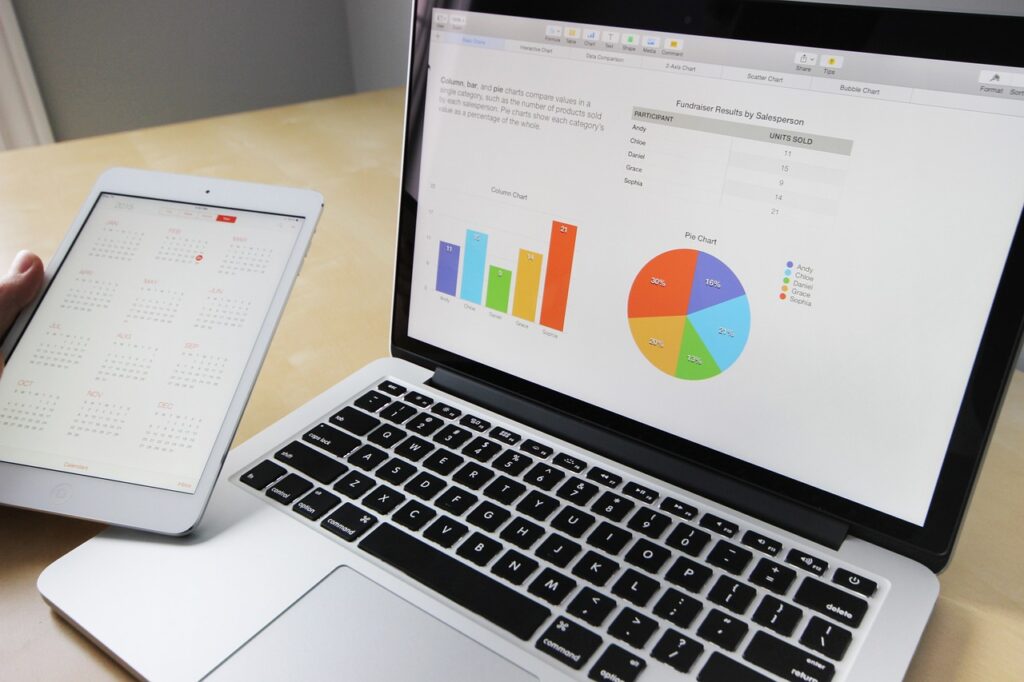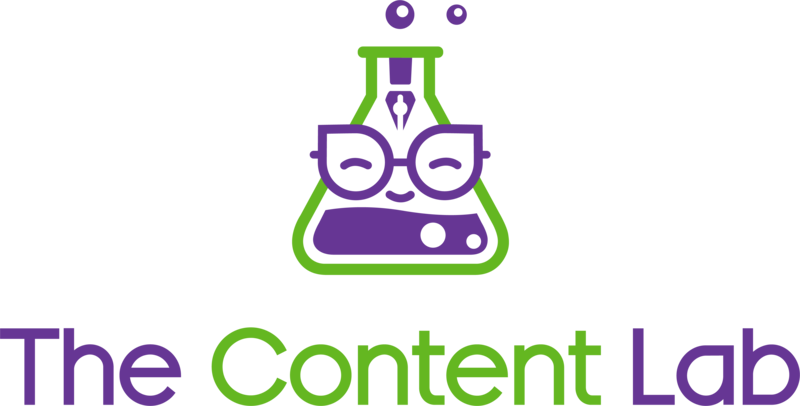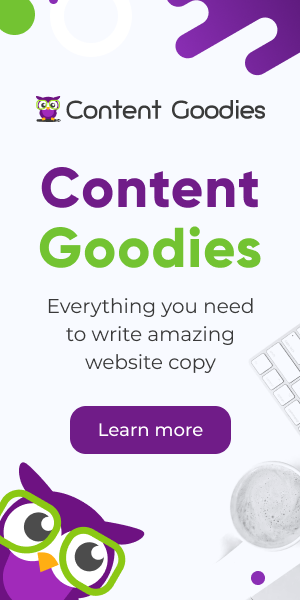If you’ve already managed to design a show-stopping landing page that’s receiving plenty of traffic – congratulations!
But chances are, if you’re here, your landing page isn’t converting visitors into leads. At least, not as many as you’d like.
You’re not the only one. Studies show that 55% of marketers are struggling to get the conversion rates they’re aiming for. That’s more than half!
If you’re in that boat, read on, and we’ll show you everything you need to know about your landing page’s conversion rate, how it’s calculated, and the helpful steps you can take to improve it.
What is a landing page conversion rate?
Simply put, the conversion rate of a landing page is determined by how many visitors complete the desired goal or follow through on the page’s call to action.
To track conversions, conversion rate, and cost per conversion, you’ll need to have conversion tracking software in place.
There are several factors that can influence a landing page’s ability to convert visitors into leads and leads into customers. These include your company’s industry, target audience, and where your contacts are in their customer journey.
What is a good conversion rate?
The average landing page conversion rate across all industries is 2.35%.
That said, the top 25% see higher conversion rates – up to 5.31%. In a perfect world, you want your business to break into the top 10% of global advertisers. These are the landing pages that receive an impressive 11.45% conversion rate – 2-5x higher than the average!
But right now, as far as we’re concerned, the ideal conversion rate is any number higher than your current conversion rate.
A slight increase – even 1% – will take your business a step closer to where you want it to be.

Tips to improve your landing page's conversion rate
If you’re unsure why your conversion rates are so low, and you want to learn how you can increase them, keep reading! We’re about to share our top conversion-boosting tips.
Define your target audience
Your company’s target audience refers to customers who are most likely to be interested in buying your product or service. This is who your landing page will target.
Understanding your audience allows you to design and create a landing page that will appeal to them more effectively.
Data used to define an audience includes demographic information like age, gender, location, consumer habits, education, income, and social class.
Here’s an example of a target audience: Females aged 18-35 living in the US with a monthly income of $3000-$4000 and an interest in beauty and make-up products.
Improve your page's loading speed
Time is of the essence: everyone is in a hurry, and no one wants to waste their time waiting on a slow web page to load. In fact, the longer website takes to load, the lower its conversion rates drop, second my second.
It doesn’t matter how good your landing page looks. If it doesn’t load fast enough, it’ll make a bad impression on visitors, and can even come across as unprofessional.
Some helpful tips for increasing the speed of landing pages include:
Use a high-quality website hosting service
Optimise images for faster page load time
Clean up your database
Reduce the number of HTTP requests
Use a CDN
Avoid redirects, if possible
A fast loading page will reduce bounce rates, increase conversions, and create a great user experience.
Create a compelling headline
A lot can be said for making a good first impression, and landing pages are no different.
When a visitor comes to your landing page, the first thing see is the headline. And sadly, they won’t stick around if it fails to impress them. In fact, only 2 out of 10 people continue reading a landing page past the point of the headline.
The main goal of your headline is to entice visitors to read more. Here are some of my favourite tips to help you create a landing page headline that hooks your readers:
Keep it clear and simple
Use a confident tone of voice
Spark interest by asking questions
Promise to solve a problem your visitor is dealing with
Add humour if appropriate
Use words like ‘free’, ‘discover’, ‘guaranteed’, etc.
Focus on the features and benefits of your product or service
Remember, the best headlines don’t depend on clickbait and should consistently deliver on their promises.
Focus on your goal
A good landing page tells visitors what action to take – simply and quickly. Unlike your overall website, which has many goals and sections to explore, landing pages are designed for one specific purpose, known as a “call to action”.
Before creating your landing page, you must know your goal and focus on the action you want visitors to take.
Apart from the CTA, your landing page should have no extra links or additional offers. These only distract your visitors, making it harder for them to convert.
Having a single goal in mind will make planning, designing, and creating your landing page much easier.

Create a clear call to action
Last but definitely not least is your landing page’s call to action. It’s the most crucial factor determining your landing page’s conversion rates, and the most powerful tool to get visitors to take action.
A CTA is a short line of text that’s clear and easy to identify, typically placed at the bottom of the page.
The 3 most important factors of a CTA are:
Colour: Make sure your CTA contrasts with the landing page’s background. Orange, blue, and green are commonly recommended colours to use for CTAs.
Size: Small CTA buttons are hard to see, while oversized ones look pushy and unprofessional. When choosing a size for your CTA, make sure it aligns with the style of the rest of the page.
Copy: This is your chance to convey the true importance of your CTA. Try to avoid friction words like ‘buy’, ‘sign up’ or ‘submit’. Instead, clarify how taking the desired action will add value to your visitors’ lives. Use words like ‘increase’, ‘own’, ‘try’, and ‘go’.
If you’re looking for help creating landing pages that convey your goals and turn visits into conversions, our team’s got your back.
At The Content Lab, we specialise in crafting compelling copy for landing pages, blogs, websites, social media, and emails. Get in touch at [email protected] to get started.
Other Posts
 Content Accessibility
Content Accessibility 
